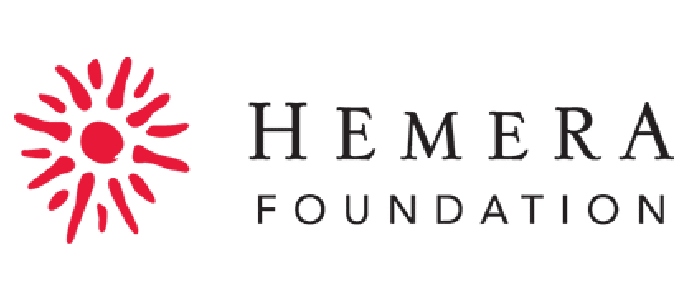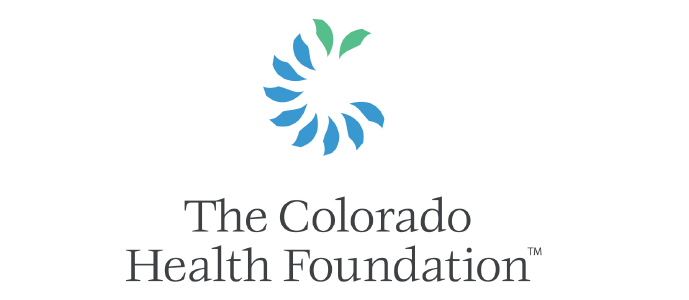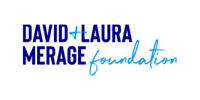In the summer of 2023, RMCAD students interviewed our 2022-2024 Resident Artists in their studios. Their video interview of Chelsea Kaiah explores how her Indigenous culture informs and inspires her artistic practice, as well as the challenges of navigating exclusionary contemporary art institutions.
Chelsea Kaiah (b. 1995) is Ute and Apache/Irish settler, born on the Northern Ute reservation, and who currently resides in Denver Colorado. She is a passionate activist for Native rights, awareness, and sustainability.
Today, she learns traditional practices of pine needle weaving, beading, porcupine quilling, buffalo hunting, and hide work, incorporating her interdisciplinary skills to meld a perspective of culture and artistic practice.
By adapting traditional materials and techniques to engage a mindful space for honoring subjects that discuss resilience, mental health, system reformation, and means of healing, traditional work becomes more than tradition—it becomes cultural experience.
“We’re still trying to survive in what is basically an indefinite period of the way that we used to live. And [the way] our ancestors used to live is completely gone, and will never come back. But we are still trying to represent them. We’re still trying to thrive and represent and be proud of where we come from. And I wish more and more that we can identify ourselves.”
Watch the video of Chelsea in her RedLine studio to learn more about her and her practice!
VIDEO TRANSCRIPTION:
“Hi, I am Chelsea Kaiah. I'm a current Redline resident artist. I'm a Ute Apache beadwork artist. I also do hide work, quill work. And then, I also am a sculpture artist.
“So let me take you in a little bit to my practice. I think, with any Native skill working, you have to be passionate enough to not only uphold those skills, but also continue those skills. If you're learning important crafts, like quill work and hide making and beading, it really does take a lot of time and effort to continue building on those skills and improving them. So really, what inspires me is being able to continue on that tradition and carry it onto future generations.”
“I would say I've really had a passion for working with quill work right now. Harvesting porcupine quills right now has just been such an amazing experience for me this past fall, which is usually done via, unfortunately, porcupines. So I will find them as roadkill, and then, I'll be able to reuse them and reharvest them and honor them and be able to create them into something that they wouldn't normally have been able to be.
“So quill work has definitely been one of those passions for me of the sourcing of it, as well as just the material use and versatility of how it looks and what it performs as. It's just been one of the most satisfying materials for me to be able to work with lately.”
“I would say beads are definitely more accessible, so there's not too much prep. But if I wanted to use a specialty bead, I'll go antique shopping or thrift stores or just try and salvage beads and some other piece that is broken or something. But with hide work, it's a bit more of a lengthier process. It's not only hunting the animal, but also, being able to then process the hide and then, smoke the hide. And that's months long in process of what I do to come to completion of finally smoking the hide.
“So even though smoking the hide is kind of what hide work tends to look like and ends up being, it's like just the last bit of the process and step of actually getting the hide done, and that only takes a couple hours. So what actually makes hide work hide or smoked hide smoked is just little inch of the process of how it's done.”
“I think a lot of beadwork is accessible, not just because it doesn't just belong to Native people, but it can also kind of be appropriated as well, as far as styles and patterns. And so, ethically and sustainably, also paying people for their labor costs is part of sustainability.”
“It's not just where you source your material from, but it's also the labor that goes into it and being able to pay yourself and pay other people ethically in that process. So I think, if we're wanting to talk about sustainability, we also have to talk about paying the artists and paying workers what they deserve to live in in today's society.”
“So a lot of my work stems with this coyote character, and I will use kind of a coyote as this headpiece and this headdress that this woman wears. And normally, she's nude, and this kind of cross of character for me is the Ute Creation Story. So Coyote is this really important character in the Ute Creation Story. He's very mischievous, very curious, very disruptive, and chaotic. And growing up, I kind of resolved in feeling a bit more like Coyote than I did these noble Ute people that listened to creator's demands and stuff.”
“And so, I started creating this coyote character, but as a woman just wearing this coyote head to kind of story tell in my own way. So it's visually following how this woman discusses what she wants to, experiences what she wants to, through the eyes of this coyote character, that is mischievous. And I think being able to relate to a character in that way and through my art is super important of the visual storytelling that I do as a contemporary artist.”
“I get this question a lot, but I would definitely say, as Native people and being a participant and also just being born on the reservation, I've always seen my people, especially the women in my family, beautifully decorated, with like beadwork and hide work and their regalia pieces and everyday wear as well. And so, just growing up around that surroundings of all these different textural items that I would say most society doesn't wear, it just kind of has always inspired me to also learn those crafts.”
“But as far as personally me learning them, I've learned them through a network of just community people that have volunteered their time to be able to teach me. And that's why I have such a drive of also doing that community work for people that are interested. So I definitely have a passion of teaching others, like beadwork, quill work, eventually hide work, when I learn those skills a little more, and just passing down knowledge through community, because I don't think that it has to be direct family that I just teach it to.”
“With Native people in general, I think they're very romanticized, as well as their issues are romanticized. So I really hope that there is a connection of just us being a living people, us being a living culture, that exists in America's vast majority of cultures that are here and that we are a part of that ecosystem and we are still trying to live and we're still trying to thrive in this kind of almost post-apocalypse world of ours.
“We're still trying to survive in what is basically an indefinite period of the way that we used to live and our ancestors used to live is completely gone and will never come back. But we are still trying to represent them. We're still trying to thrive and represent and be proud where we come from. And I wish more and more that we can identify ourselves.
“And most Americans, when they see a Native person, they kind of don't know who we are or what we look like. And so, I really hope that that change changes for our society. I hope people can look and know where our culture comes from, because they have taught themselves enough what our culture is and that we've been able to represent it enough that they distinctively know who we are.”
“I really hope that people understand it's not an easy process of challenging the materials that I do to be in a gallery setting or a museum setting. It's very difficult to not only appease myself in learning these traditional crafts, but also being able to represent it in prestigious places, that normally these materials are just kind of kept behind in a box, and they're like 200 years old or something.”
“And I'm using the same kind of materials, but I'm trying to represent them in a contemporary sense. So I really hope people can understand the barriers that I have to go to be able to even just be in these spaces. And I hope that more people are supportive in these alternative material types, that is culture work and is cultural learning. You really have to acknowledge the process to be able to understand the piece of work that I'm presenting.”
“I've been at RedLine for about three months now, and I would say that I've already finished two fully beaded bags, and then, I've also done very experimental sculpture work, while I'm here. And all of that, even just having the space of being able to expand my work, but also, the community and networking of just being able to hear different opinions, while you're in process and working, is such a valuable experience, because I think most of us, we think artist processes are kind of shut in and we're just kind of isolated in our studios, and that's where our best work gets done. But I think it's really been an interesting and fun process of RedLine's experience of visitors and audiences to then be able to come in and just be able to interact with my work, and then, I'll be able to get that feedback as well.”
“Contemporary art is being able to quickly respond to the needs of contemporary issues or responding to contemporary culture. I think, really, the art that I value and the art that I am drawn to is more culturally based, as well as personally based, because I believe contemporary work has the future of being more and more involved in community.”
“I really think that redline supports that message as well. It really is community, what we are creating as contemporary artists. So I think it first starts with that, and to me, that's always priority. That's what we're taught. We do our successes, and we learn as much as we can, and then, we bring it back to community, we bring it back to the reservation. And I really hope I can apply that, no matter in what case I'm working at, in whatever job I work at.”






